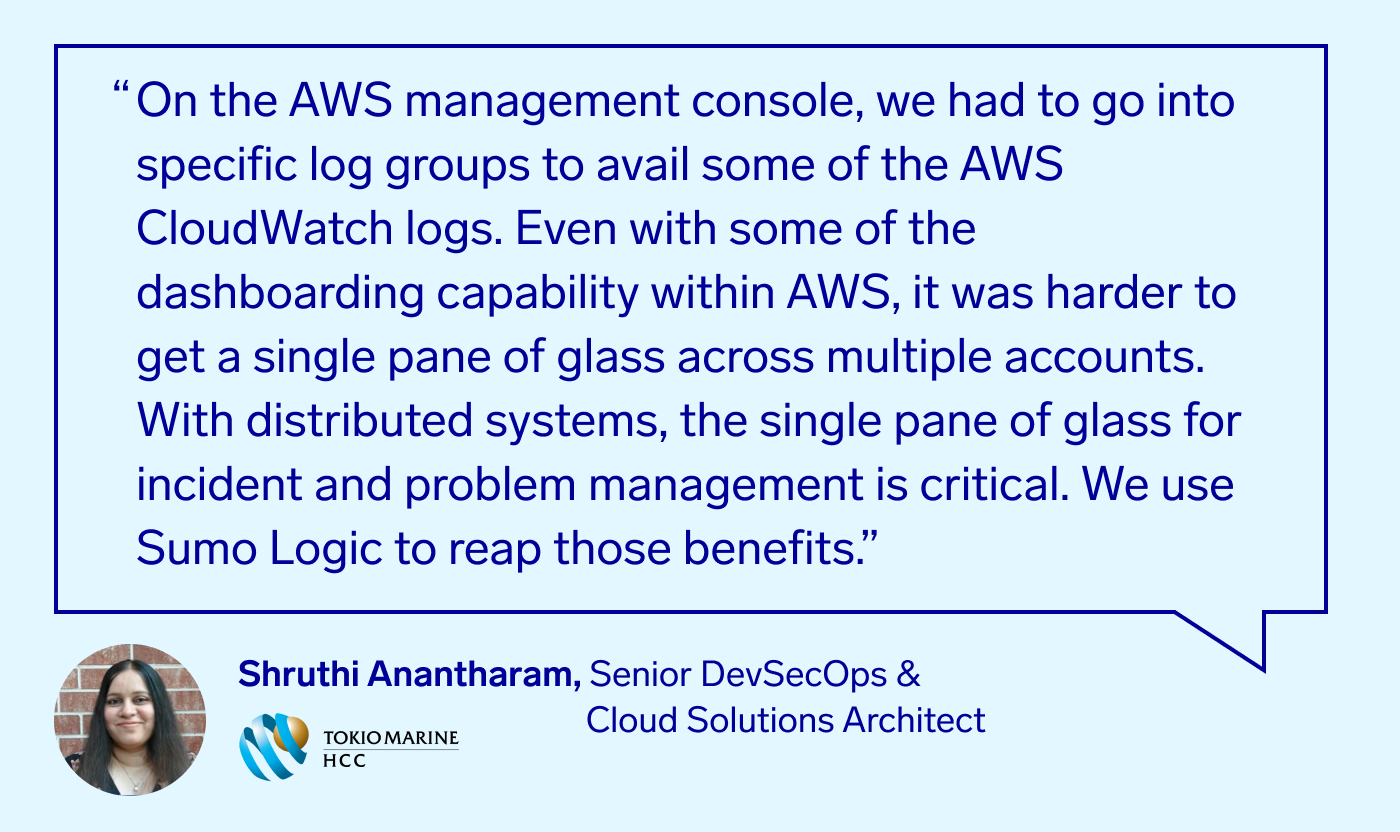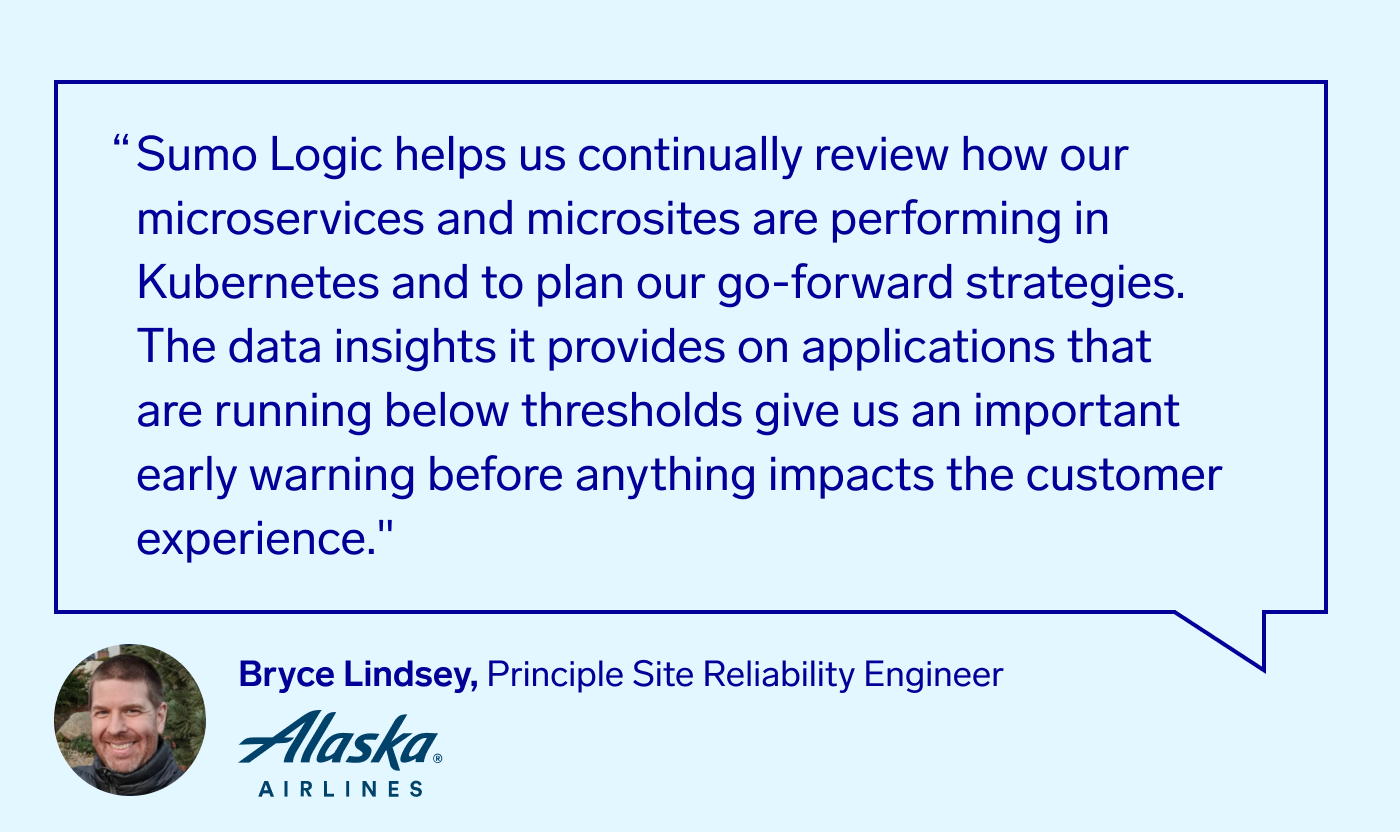
Get the report
MoreSeptember 1, 2022

Businesses across all industries are accelerating their digital transformation initiatives, where the cloud is critical. On-demand self-service environments provide a reason for cloud migration as cloud architectures help businesses reinvent and address uncertainties.
Eight best practices for a data-driven cloud migration strategy
When you migrate your digital assets to the cloud infrastructure, you need to feel confident in the process and the outcomes. All too often cloud computing initiatives don't deliver the anticipated results. Sometimes the entire undertaking stalls or applications underperform in the cloud to the extent they must be "repatriated," i.e., moved back on-prem.
Even successful cloud migration strategies are plagued by the challenges of unraveling complex, intertwined applications, and an overall lack of visibility into the original computing environment. Not to mention endless discussions around cloud costs.
By creating a baseline before your initiative and then comparing it with the same metrics captured after the transition, you have an insurance policy to understand and mitigate your risk. You'll also have clear parameters to assess if your cloud deployment was a success.

Read more in our Tokio Marine HCC case study and video
The process of cloud adoption begins before you write a single line of code or kick off the migration process. Your migration plan must begin with a clear look at your baseline situation on your legacy system. Using your existing infrastructure, you can get a clearer picture of the task ahead of you.
Pay attention to the enormous amounts of daily machine data you generate as a byproduct of your routine operations as this data conceals precious clues that will help you plan for your migration. Evaluate your “before” picture so that you can clearly compare with your “after”.
Machine data gives you a comprehensive inventory of servers, applications, and dependent supporting technologies. It shows you the connections between microservices, applications, and users to correlate and visualize key metrics with custom dashboards for full-stack visibility. This can feed greater detail into your cloud migration planning, helping you assess the scale of the cloud transformation.
Domain-specific machine data analytics generate meaningful metrics and thresholds to evaluate once the migration process is complete. This helps confirm the initiative is meeting its objectives and nothing has been forgotten. These benefits are available regardless of whether you 'lift and shift' or rearchitect.
Tools for monitoring the low-level resources (e.g., CPU, disk, network, and storage) that power your applications, whether they're hosted on-premises or in the cloud, give you good insights into the health of your base system, but not on the state of your application, responsiveness, and if there are errors.
If you first gather and review this information in the current infrastructure configuration and then later once the transfer to the cloud has taken place, you attain an even deeper awareness of the new state. By combining system-level resource observations with application performance monitoring, you can easily identify over or under-provisioning in your new environment.

Read more in our Alaska Airlines case study and video
Keeping applications and their data safe is a vital responsibility at all times. When migrating to the cloud, of all the things that can go wrong, or simply be neglected, security is at the top of the list. In a recent study, 81% of respondents identified cloud security as the top challenge when migrating workloads to the cloud.
Machine data has a significant role to play in securing your information-processing environment before, during, and after the move to the cloud. Specifically, its analytics and machine learning capabilities can speedily digest huge volumes of raw log data to pinpoint potential vulnerabilities.
The proper insights can uncover existing security violations (e.g. phishing, exfiltration, denial of service) and gaps (e.g. false positives), which you can then resolve in your current on-premises, multi-cloud, or hybrid cloud environment and carry forward into your cloud computing destination.
No matter what industry your organization serves, there's a significant chance that it's subject to an imposing number of regulations. Existing rules are constantly being updated and new statutes are frequently created. Failing to keep up with these requirements has serious implications, including potential civil and even criminal penalties.
Setting up machine data-driven compliance baselines before the shift takes place is a necessary technique to protect your enterprise. This strategy demonstrates continuous compliance, which will be helpful during the inevitable regulatory audits to come.
You should also evaluate which cloud vendor you work with for cloud migration services. Whether you move your infrastructure onto Amazon Web Services (AWS), Microsoft Azure, Google Cloud Platform or leverage a multi-cloud environment, you'll want to make sure that you're clear about any compliance requirements to avoid any confusion or frustration with your cloud provider in the future.
There are plenty of key performance indicators (KPIs) to track as you make the journey from on-premises to cloud computing. You might be enticed by the prospect of slashing capital expenditures and replacing them with smaller, more predictable operational outlays. You might prioritize the scalability and flexibility that comes with cloud capabilities. Whatever the critical metric might be for your company, the only way to know if it's truly living up to its advertised potential is to set up and then regularly evaluate KPIs, whether they are technical or business-oriented indicators.
Ideally, these KPIs should be in place before the initiative. Otherwise, it's impossible to know if the cloud solution has made things better or degraded the overall experience. KPIs can also guide the cost-effectiveness of the cloud computing initiative, perhaps helping you to justify an expanded investment in an ongoing cloud migration process.
Benchmarking is often dismissed as "paralysis by analysis", hated by some, and admired by others. We sit in the camp of admirers. Population benchmarks enrich the incident context and accelerate troubleshooting to act like a symptom check that helps you decide the relative urgency of an error.
We create benchmarks by adding crowdsourced context to signals, such as errors, observed during an incident so you can benchmark your company's operational and security posture against other Sumo Logic customers. Cloud-native features like benchmark context also help validate and prioritize anomalies detected from an entity's past baselines.
Machine data and streaming signals generated by your digital assets convey valuable contextual information about the behavior of your customers, stakeholders, and users. The ability to observe and act on this information thanks to cloud technology helps you gain the real-time insights you need to remain competitive.
With Sumo Logic, it is easy to bring in data from other systems, tie it all together and provide a dashboard that gives you a holistic view of your business processes. By codifying monitoring workflows into declarative configuration files, you can share them amongst team members, treat them as code, edit, review, and version them. If you move forward with SAFe, agile, agile release chains, or something similar, you can speed your time through the pipeline.
Until a couple of years ago, multi-cloud was just the articulation of an enterprise cloud strategy. For most, the first logical step was to figure out how to do one cloud-first. Businesses were running workloads in one cloud, keeping the broader strategy in mind even as they continued to rely on their legacy data center.
Today, the multi-cloud strategy has taken hold, with companies using, on average, a mix of three or more private and public cloud solutions. By running production workloads in multiple public clouds and carefully adopting cloud services to ensure workload portability and interoperability, businesses are now reaping the full economic benefits of the cloud computing model.
If you are planning for a multi-cloud approach, make sure to seamlessly capture your data and transform it instantly into real-time analytics and insights for singular visibility across your complex, modern application environments. This requires you have a universal data collection strategy in place to drive data portability and interoperability, so you don't have to leverage multiple disparate migration tools to achieve end-to-end visibility.
Cloud migration strategies help businesses innovate faster, modernize aging infrastructure, scale globally, and get continuous real-time insights-even from complex, multi-cloud architectures. Sumo Logic works with thousands of companies like SAP, Alaska Airlines, and Dave across cloud, hybrid, and multi-cloud environments to ensure the successful migration of workloads to the cloud.
Want to learn more about using a data-driven approach to cloud migration? Download our whitepaper with a complete review of the eight best practices and quick tips to get started.
Reduce downtime and move from reactive to proactive monitoring.
Build, run, and secure modern applications and cloud infrastructures.
Start free trial